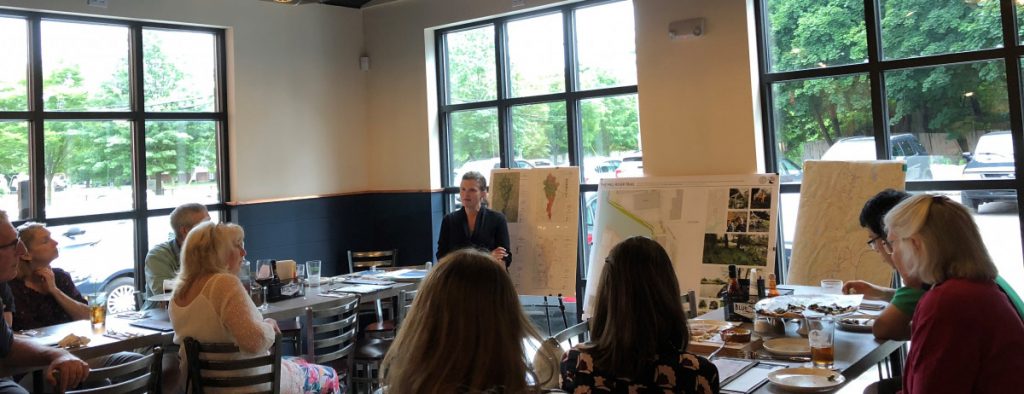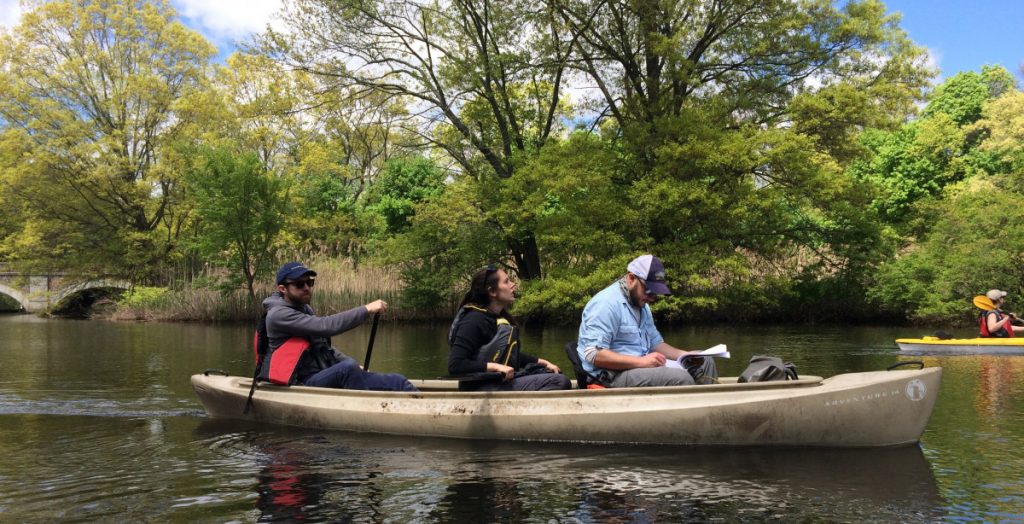Watershed planning is a comprehensive, stakeholder-driven process of assessing the current health of a river and all of the lands that drain to it, as well as identifying possible interventions to eliminate sources of pollution or bolster ecosystem and community well-being.

Approach
Our Ecological Restoration team has led watershed planning processes for the Mill River and West River in New Haven, and has been part of the steering committee for several more. Our approach values broad engagement of stakeholders across all areas within the watershed, with a particular focus on those who own or are affiliated with river-adjacent properties. Sources of pollution are identified, and ideas for possible projects to address or eliminate harm to the river are generated collaboratively with community members and property owners.
Watershed Management Plans
All of this is combined with development plans, engineering reports and volunteer observations captured during stream walks (exactly what it sounds like) to produce a comprehensive plan for watershed management. Learn more about the Mill River Watershed Plan by clicking here, or view the final plans for the West and Mill Rivers using the links below.
West River Watershed Management Plan
Mill River Watershed Management Plan

Impact
Watershed planning is critical to the work that Save the Sound does for several reasons. The interventions identified in the plans provide a pipeline of projects for our Ecological Restoration to pursue that already have community support. Furthermore, these projects and other work in a watershed is more likely to receive funding if it fits within a comprehensive watershed management plan. Finally, the process itself brings people together across town lines and forges a greater connection to the waterways we all depend on.
